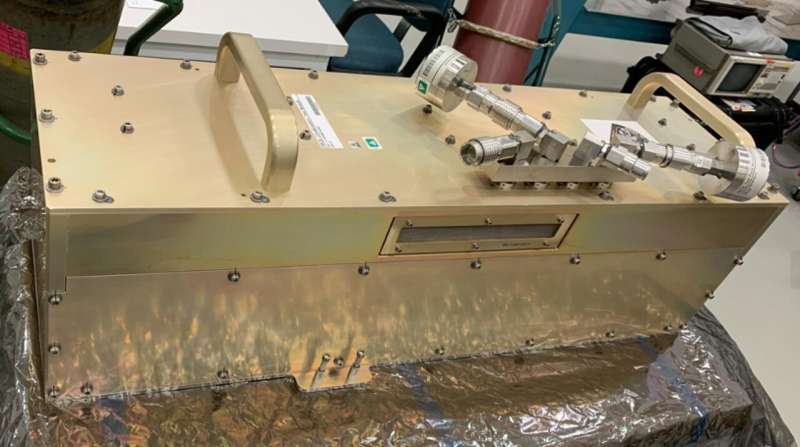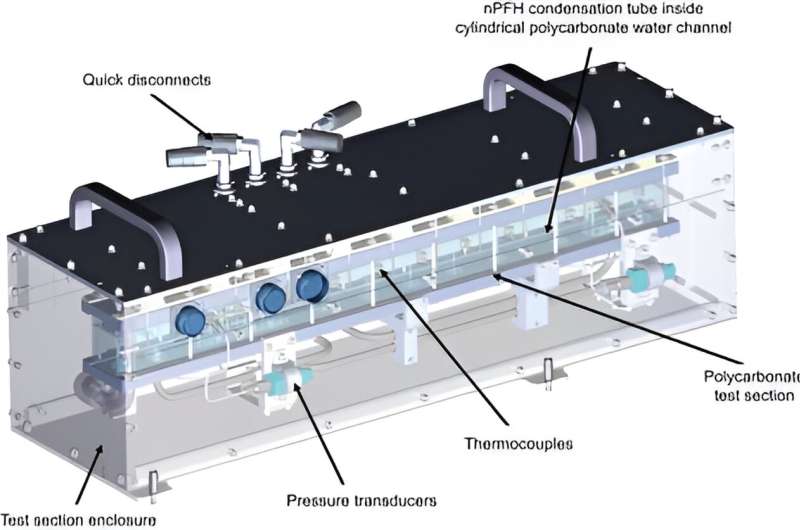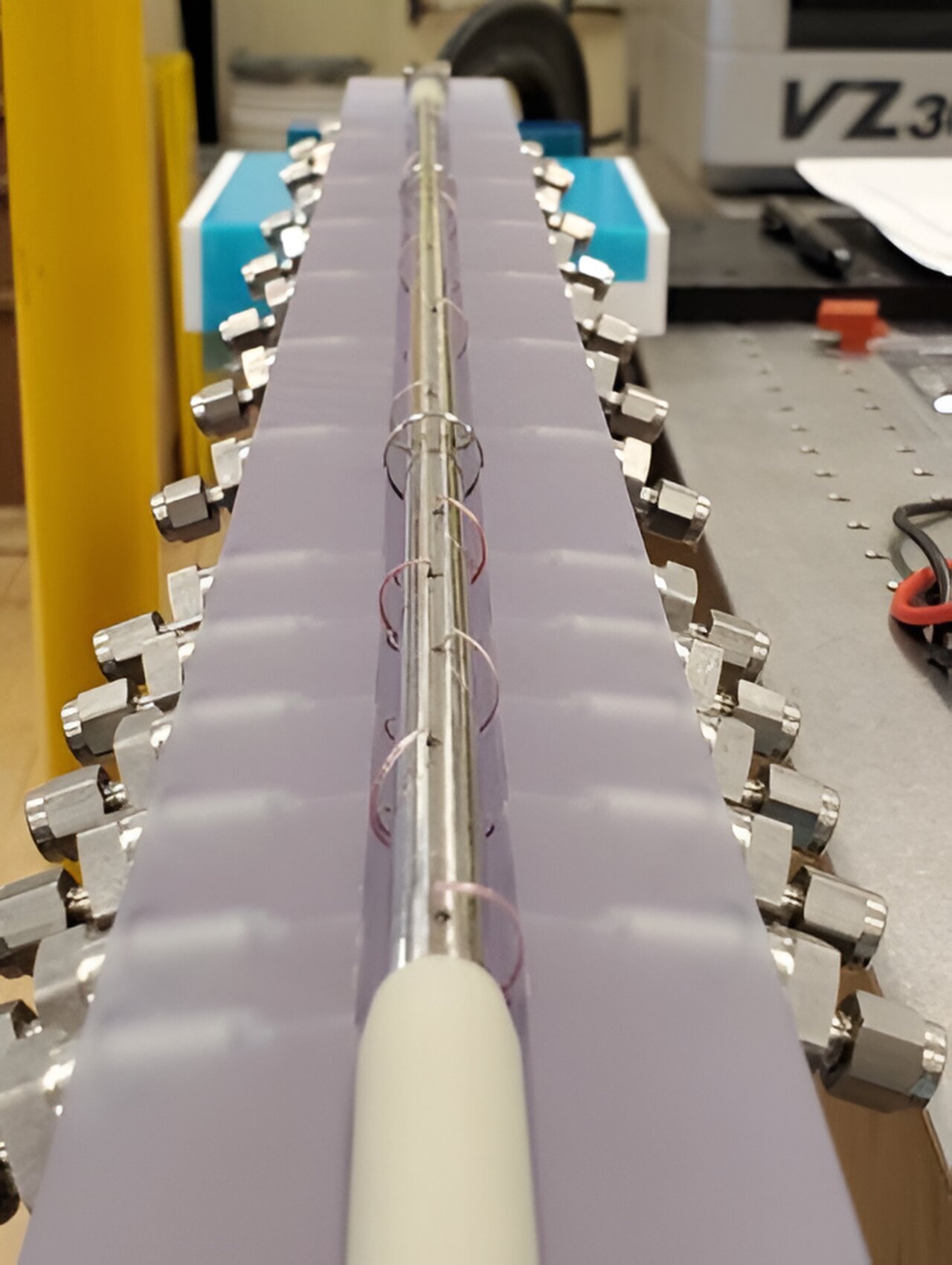In the realm of transportation, including planes, trains, automobiles, and even spacecraft, thermal management is a critical component. Controlling the distribution and flow of heat within systems such as the International Space Station (ISS) and other commercial spacecraft is essential to maintain habitable temperatures for astronauts in the extreme conditions of outer space.
This intricate challenge is being tackled by NASA’s Physical Sciences researchers at Glenn Research Center through the Flow Boiling and Condensation Experiment (FBCE).
Advancements in Two-Phase Flow
The Condensation Module for Heat Transfer (CM-HT) within FBCE is expected to revolutionize the design of future space and Earth systems. This module will have applications in space power generation, planetary habitats, space vehicle temperature control, cryogenic fluid storage, waste management, electric vehicle charging, fighter aircraft cooling, and regenerative fuel cells.
The scientific goals of CM-HT are focused on generating a comprehensive database on flow condensation for assessing microgravity heat transfer and developing criteria for gravity-independent flow condensation. The research aims to create mathematical predictive models, Computational Fluid Dynamics (CFD) models, and design correlations to optimize efficient flow condensers for space applications.

Attaining Equilibrium in Microgravity
The FBCE serves as a crucial platform for obtaining data on two-phase flow boiling and condensation heat transfer in microgravity. The CM-HT test module consists of a thin-walled stainless-steel tube embedded within a highly thermal insulative material to achieve efficient heat transfer.
The test fluid is vaporized and pumped through the inner tube, while cooling water flows countercurrently in the outer annulus around the steel tube, causing the vapor to condense. Thermocouples are used to measure the temperatures of the cooling water, tube surface, and steel tube wall at specific locations to assess heat transfer.
Comparing microgravity heat transfer data with Earth’s gravity data allows scientists to understand the influence of body forces on two-phase transport phenomena. This helps in developing mechanistic models, correlations, and determining the minimum flow criteria for gravity-independent flow boiling and condensation.
Studying low-velocity two-phase flow in microgravity presents unique challenges not encountered on Earth due to the interplay of inertial, surface tension, and body forces. The FBCE facility installed on the ISS Fluid Integrated Rack (FIR) orbiting laboratory provides an ideal microgravity environment for researching two-phase flow.

Enhancing Power Efficiency and Energy Conservation
Flow boiling and condensation are crucial mechanisms for efficient heat transport and have significant potential for weight and volume reduction in future space systems. The research conducted through FBCE will optimize the design of flow boilers and condensers for long-duration missions with high power demands in microgravity. Efficient boilers and condensers contribute to energy conservation in space systems operating within limited power budgets.
These space-based studies also have practical applications on Earth, improving heat exchanger performance in various applications such as electric vehicle charging, rocket engine cooling, and fighter jet propulsion systems.
Citation:
Optimizing heat exchange flow in microgravity (2023, July 31)
retrieved 1 August 2023
from https://phys.org/news/2023-07-optimizing-exchange-microgravity.html
This document is subject to copyright. Apart from any fair dealing for the purpose of private study or research, no
part may be reproduced without the written permission. The content is provided for information purposes only.
Denial of responsibility! TechCodex is an automatic aggregator of the all world’s media. In each content, the hyperlink to the primary source is specified. All trademarks belong to their rightful owners, and all materials to their authors. For any complaint, please reach us at – [email protected]. We will take necessary action within 24 hours.

Jessica Irvine is a tech enthusiast specializing in gadgets. From smart home devices to cutting-edge electronics, Jessica explores the world of consumer tech, offering readers comprehensive reviews, hands-on experiences, and expert insights into the coolest and most innovative gadgets on the market.


